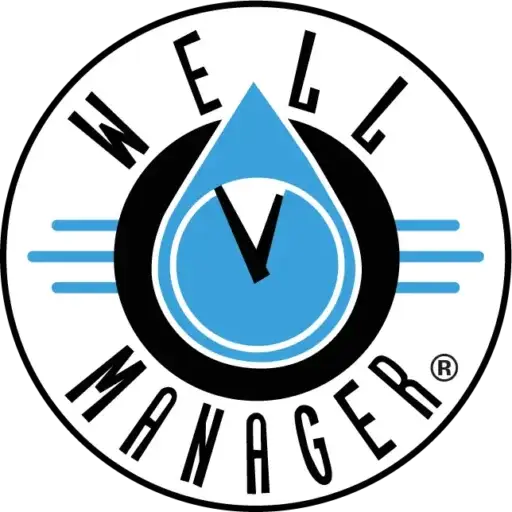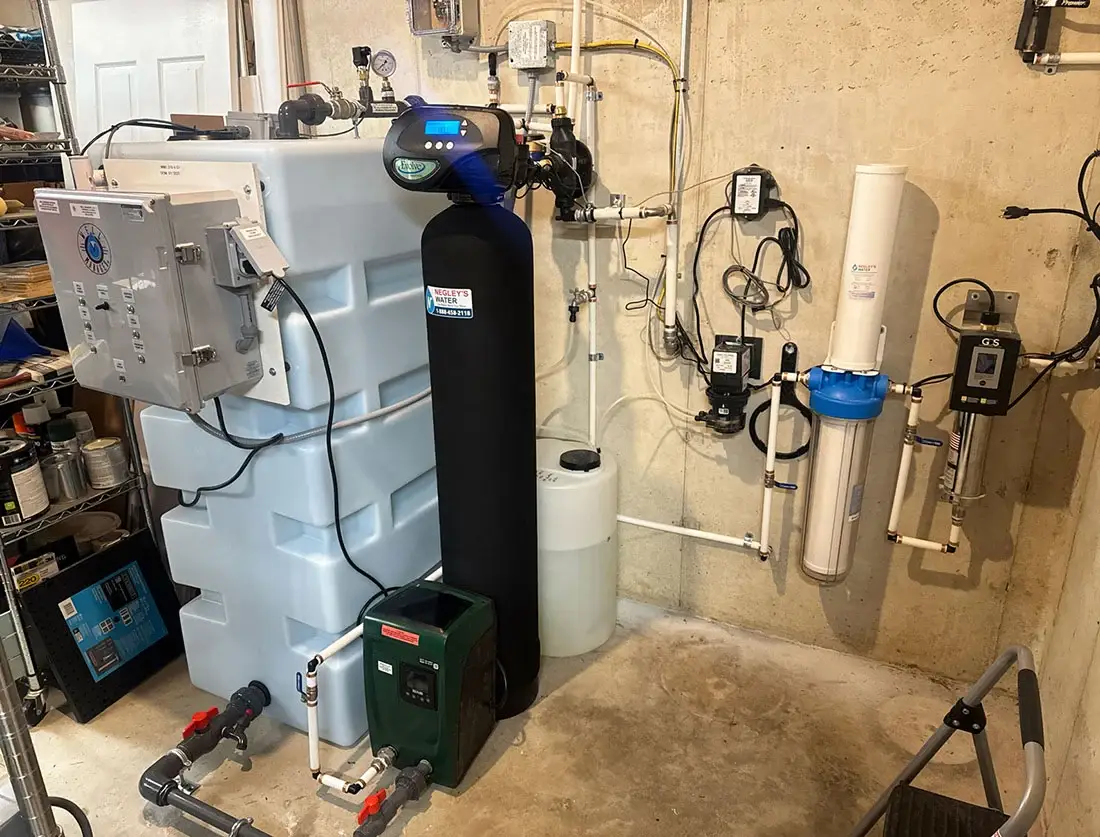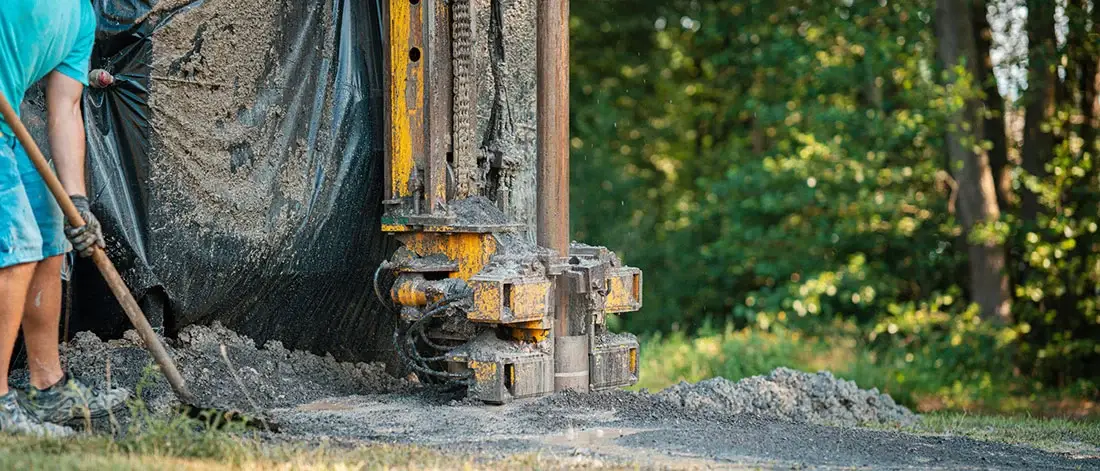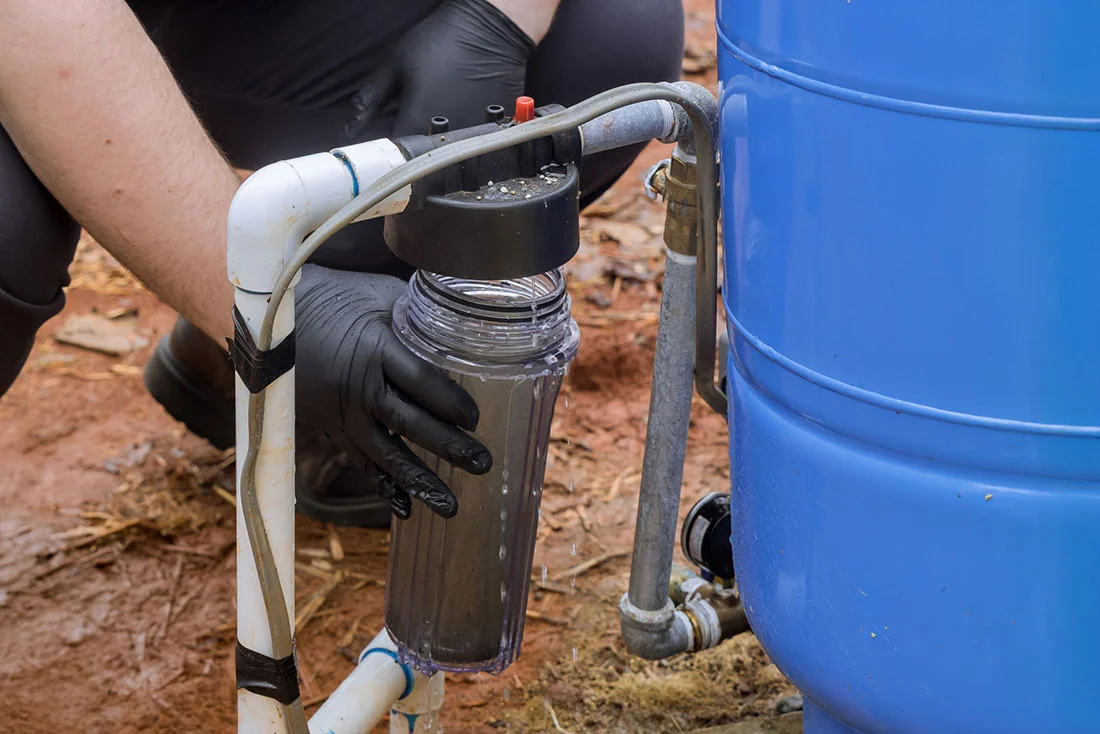It’s easy to panic the first time your faucet trickles instead of gushes, especially if your well pump has been around for decades. Many homeowners assume an aging pump signals the well is dying, prompting thoughts of an expensive drilling job. However, the truth is often kinder to your wallet: older equipment doesn’t necessarily require a new well. By carefully examining (and possibly upgrading) key components, you may be able to restore flow without resorting to drastic measures.
Some older wells deliver a frustrating mix of spurts and drips, particularly if the pump and tank aren’t working in sync. While signs of a low water pressure well are concerning, these symptoms are sometimes due to fixable issues—like a worn impeller or outdated pressure switch. Before you assume the aquifer can’t keep up, it’s worth investigating how pump refurbishments or strategic upgrades might salvage the situation. You could be one simple tune-up away from banishing those half-powered showers.
Checking for Signs of Wear—Before You Blame the Well
When water sputters, it’s tempting to point fingers at the well. After all, if the pump is old, you might assume the entire water source is failing. Yet, many low water pressure well complaints relate to minor mechanical flaws or outdated parts. By learning to spot the right signals, you can tackle specific pump issues instead of assuming the ground has literally run dry.
- Look for Visible Corrosion:Rusted connectors or casings could cause small but significant pressure leaks.
- Listen for Odd Sounds:A whining or rattling pump motor might indicate worn bearings or misaligned parts.
- Watch the Pressure Gauge:Quick flickers or drops may reveal a failing pressure switch rather than a failing well.
Narrowing your focus to potential hardware culprits can spare you the hassle and expense of searching elsewhere—especially if the aquifer itself isn’t the real villain.
Why a New Pressure Tank Might Solve Old Pump Problems
Sometimes, the heart of your water troubles isn’t the well pump—it’s the tank regulating pressure before water ever reaches your faucet. If the tank’s bladder or air chamber deteriorates, your older pump cycles too fast or loses momentum. Observing fluctuating flow or hearing the pump click on and off frequently often points to an aging pressure tank. Upgrading this unsung hero can restore stability in systems that seem doomed.
Replacing a compromised tank typically revives an older pump’s performance. Better air-water separation means smoother pressure delivery, fewer abrupt power-ups, and a more consistent flow. In many cases, the simplest fix resolves the puzzle of a “weak” well.
A fresh pressure tank can turn your low water pressure well back into a reliable source, proving that the pump isn’t necessarily past its prime.
Refurbishing the Pump: The Component Swap You Might Need
If a new tank alone doesn’t solve the problem, you don’t have to give up on the pump itself. Repairs or part replacements can make a surprising difference in older motors, restoring efficiency and water output. Before rushing to abandon the setup, check the condition of impellers, seals, and wiring—each might be the weak link mimicking a failing aquifer. Giving these parts a second life can be a budget-friendly shortcut to regaining decent water pressure.
Sub-Points to Consider
- Impeller Health:The rotating vanes can get chipped or clogged, reducing the pump’s output.
- Solution:Clean or replace the impeller for improved water flow.
- Seal Integrity:Small leaks lead to air intake, which sabotages pressure stability.
- Solution:Upgraded or tighter seals keep your pump primed and efficient.
- Motor Efficiency:Worn brushes or old wiring can degrade performance over time.
- Solution:A professional tune-up might restore the pump’s original vigor.
Fixing rather than discarding the pump assembly extends its lifespan and avoids the hassle of drilling a brand-new well.
Timed-Collection Systems: Gentle Sipping for a Low Water Pressure Well
Timed-Collection Systems: Gentle Sipping for a Low Water Pressure Well
Even with a refreshed pump and tank, your well may recover slowly between uses—especially in regions where the water table is sensitive. That’s where a timed-collection approach can outsmart conventional pumping. Sipping water in smaller intervals allows the aquifer to replenish at its own pace, ensuring a constant water supply. This strategy reduces pump strain and stabilizes daily water flow for households juggling multiple faucets or appliances.
In practice, timed-collection systems use a controller to operate the pump at carefully spaced intervals. The collected water is stored in a tank and distributed later at a consistent pressure, rather than being drawn in a single rush. This prevents a weak well from running dry and protects your equipment from short-cycling or overheating.
For example, a system like the Well Manager® does precisely that—gently drawing water on a timed schedule while preserving your pump and ensuring a steady supply. It’s an option worth considering if you want to maintain reliable flow from an older, low water pressure well.
Marrying modern control panels with older wells often unlocks a steadier flow, showing that coordinated planning can be just as crucial as mechanical upgrades.
Key Questions to Ask Before Assuming Your Well is the Problem
Often, homeowners jump to the worst-case scenario the moment their water falters. Before hiring a drilling rig or shopping for a new property, it’s worth pausing to ask some pointed questions. Has your region experienced drought-like conditions, or has your household water demand recently surged? Are you hearing unusual pump noises, or has there been any visible system wear? These small inquiries help distinguish a temporary pressure dip from genuine well depletion.
- Has Your Usage Changed?More occupants or new landscaping might tax an older pump beyond its usual load.
- Any Noticeable System Leaks?Even tiny drips or cracks around the pressure tank can disrupt the overall flow.
- Are You Overlooking a Basic Repair?Loose wiring, rusted fittings, and stuck valves are all culprits worth checking first.
Getting these details straight can transform your next step from panic-stricken guesswork into a focused plan that might only require modest hardware repairs.
Embracing Updates Without Abandoning an Older Well
When you realize that not every hiccup means catastrophe, you can explore smaller-scale innovations that boost system longevity. Swapping out worn pump parts, installing a timed collector, or investing in a modern pressure controller can all protect the aquifer while enhancing flow. Rather than drilling deeper or searching for a new site, you breathe new life into your existing supply—often at a fraction of the cost.
By working with a knowledgeable contractor, you’ll pinpoint exactly where your current setup struggles. Whether it’s adjusting pump cycles or adding an extra storage tank, these tailored tweaks extend the well’s usefulness. Eventually, you’ll have a system that—despite its vintage—meets daily demands without losing efficiency.
Smart upgrades prove that an older low-water-pressure well isn’t doomed; with the right support, it can continue reliably serving your home for years to come.




